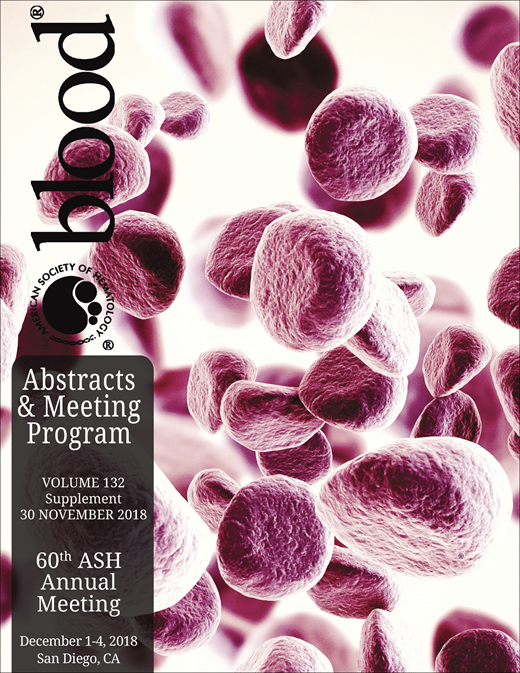Abstract
Introduction:
Hemophilia A results from a clotting protein factor VIII (FVIII) deficiency, which leads to the need for the use of exogenous FVIII. Such therapy is effective unless alloantibodies (inhibitors) develop and render FVIII replacement ineffective. Patients with high-titer inhibitors may try to eradicate the presence of these inhibitors by undergoing ITI, an often costly process that requires the prolonged use of frequent doses of FVIII to induce FVIII antigen-specific tolerance. There is no consensus on the best approach to achieve tolerance and no product has been approved by any regulatory agency for ITI treatment in hemophilia A patients with inhibitors. The Fc portion of rFVIIIFc has shown immunomodulatory properties in mice, and chart reviews and case reports suggest that tolerization with rFVIIIFc in first-attempt ITI patients can potentially be achieved rapidly (i.e., ≤18 months) and therefore may possibly offer cost savings compared to conventional rFVIII. This analysis assessed the economic consequences and budget impact of using rFVIIIFc vs. conventional rFVIII for first-attempt immune tolerance induction (ITI) in hemophilia A patients with inhibitors.
Methods:
A literature-based model was developed to estimate the effect of rFVIIIFc vs conventional rFVIII on drug cost of first-attempt ITI, based on modelled ITI duration and outcome (rates and time to ITI success or failure) for US patients with varying clinical profiles (e.g., historical peak titer, FVIII dose) over a 3-year period. In the model, at any given time after ITI initiation (on either rFVIIIFc or rFVIII), a patient was categorized as ongoing ITI, post-ITI as success, or post-ITI as failure. The duration and outcomes for patients treated with rFVIIIFc ITI were based on observed data for first-attempt ITI patients with varied clinical profiles and ITI regimens from in chart reviews and case reports (n = 9). In the absence of direct head-to-head observations, the duration and outcome of ITI for the exact same patients in a scenario in which they received rFVIII (instead of rFVIIIFc) at the same doses were estimated indirectly using a previously published regression model (Bojke et al. 2009, Value in Health, 12(7), A378-A379) based on data for 113 patients from international and national registries that adjusts for historical and pre-ITI titer levels, time from inhibitor diagnosis to ITI start, and ITI factor dose. To place the cost comparison results in the perspective of a third-party US payer, a budget impact analysis was undertaken on a population of typical hemophilia A patients (after adjusting for patient characteristics) who are embarking on first-attempt ITI in a plan of 10 million insured members. In this analysis, the number of patients starting ITI each year was assumed constant, and patients who successfully eradicated inhibitors with ITI would transition back to FVIII prophylaxis.
Results:
The model predicted that, compared to rFVIII, rFVIIIFc would result in a reduction in estimated time to ITI success (rFVIIIFc: 9.43 months, rFVIII: 16.80 months), increased success probability at 20 months (rFVIIIFc: 67%, rFVIII: 25%), and lower 3-year per-patient costs (rFVIIIFc: $1,709,000, rFVIII: $3,630,000), respectively. In the budget impact analysis for a US health plan of 10 million insured members, 11.2 patients were expected to be newly diagnosed hemophilia A patients, among whom 1.17 patients were expected to develop inhibitors to FVIII and initiate ITI each year. By year 3, the predicted number of successful ITI patients increased by 23% and the budget savings for the plan were $103,738 per patient per year (for the ~1 patient who started ITI each year) after the inclusion of rFVIIIFc for ITI and subsequent prophylaxis when patients successfully eradicated inhibitors.
Conclusions:
Based on this mathematical economic model of first-attempt ITI patients, the modeled faster time to tolerization with rFVIIIFc vs. rFVIII, resulted in estimated per-patient and overall budget savings in ITI from a US payer perspective. Current prospective studies (e.g. verITI-8) will provide additional evidence on the efficacy of rFVIIIFc for ITI in Hemophilia A patients with inhibitors.
Li:Bioverativ: Employment. Wilson:SOBI: Employment. Botteman:Daiichi Sankyo Incorporated: Research Funding; BMS: Research Funding; Pharmerit International: Employment, Equity Ownership, Research Funding; Celgene: Research Funding; Bioverativ: Consultancy, Other: Provided consulting to Bioverativ, Research Funding. Nicoloso:Bioverativ: Other: an employee of Pharmerit, which provided consulting to Bioverativ. Krishnan:Bioverativ: Employment. Su:Bioverativ: Employment.
Author notes
Asterisk with author names denotes non-ASH members.

